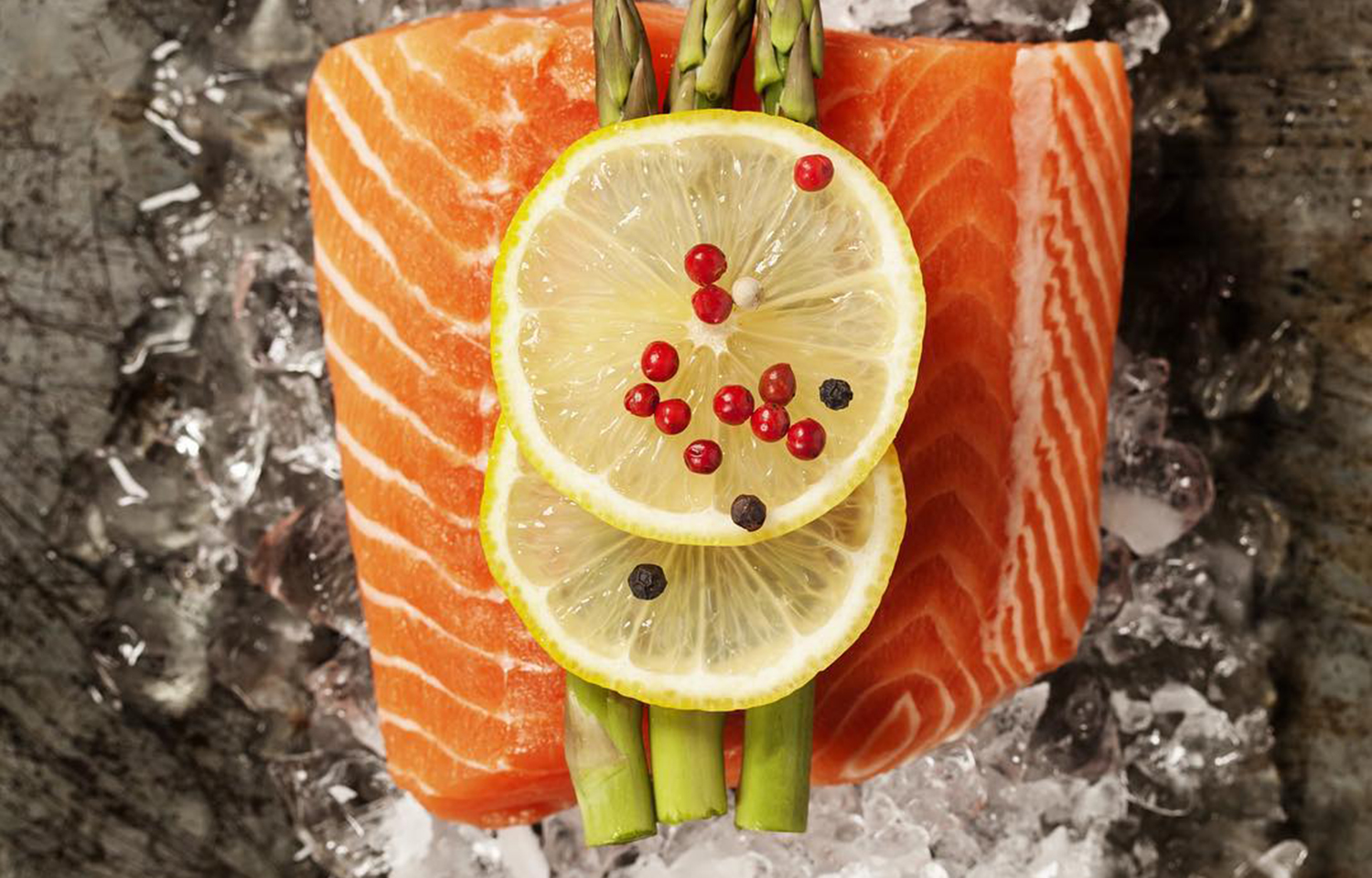Lerøy Seafood CEO Henning Beltestad has responded to a report linking a company slaughterhouse in Sandstad, Norway with more than 700 reports of listeria contamination between August 2022 and November 2023.
The slaughterhouse is operated by Lerøy subsidiary Lerøy Midt.
"Food safety is Lerøy's top priority, and we have several measures in place to prevent listeria in our raw materials and finished products. Our employees make a tremendous effort through systematic improvement work to maintain our high standards of food safety," Beltestad said in a 29 January statement. "Lerøy and the Norwegian Food Safety Authority share a common interest in combating listeria in the best possible way. Therefore, we seek open and constructive dialogue with the Norwegian Food Safety Authority to find good solutions where both parties are confident that food safety is well-maintained."
According to NRK, in January 2024, the Norwegian Food Safety and Authority and Swedish health authorities confirmed the source of several cases of listeria contamination as the Lerøy Midt slaughterhouse after an inspections found numerous traces of listeria on processing equipment there.
"In our opinion, the test results indicate that you do not have adequate management of identified hazards,” the Norwegian Food Safety Authortiy recently wrote in a public note to the company. "The results show more than 700 detections in the production environment, with around 320 of the detections in the slaughter department and around 370 in the fileting department.”
The 700 detections over 15 months were exceptional, experts said, according to the NRK.
“If these are findings on equipment where one would not normally expect to find listeria, then it is very high,” Veterinary Institute Biochemist Taran Skjerdal said.
Beltestad said his company has the problem under control.
"Our strategy is to search and find, and then take action. With such extensive sampling, listeria will be found over a period, which is natural as it is present everywhere in the environment around us. This is also the purpose, to be able to take action and reduce the risk of listeria appearing in products. When listeria is detected on fish, actions are taken, and non-conformance reporting is carried out. Although the regulations do not specify any obligation to notify for a raw material supplier like Lerøy Midt, Lerøy also has its own procedure for information to the next level, ensuring food safety," Beltestad said. "Lerøy's facilities are certified according to very strict food safety standards controlled by independent third parties. Lerøy has a detailed system for daily cleaning and disinfection of production facilities and non-conformance handling. We have also collaborated with our equipment supplier to make equipment easier to clean, thus reducing the risk of listeria occurrence. This is work that has resulted in new and improved machine designs that are now also available to other companies."
In December 2023, Lerøy Seafood recalled 160 kilograms of a gravlax product due to concern it might have been contaminated with listeria. The product was sold in bulk to Stanseveien 33, Fjelberg, Vulkanfisk, Tjuvholmen Sjømagasin, Fromagerie, Meny CC Vest, Meny Holmen, Meny Sandvika Storsenter, Meny Høvik, Meny Fornebu, and Meny Røa stores. The packaging for the product varies depending on where it was sold but has a best-by date of 8 December.
At the time, Lerøy said listeria was detected in one of five control samples taken by the manufacturer, and asked consumers who bought the affected products to discard it. The company conducts between 8,000 and 10,000 samples annually at its factory and on its equipment.
In November 2023, the Swedish Food Agency traced several cases of listeria in Sweden back to smoked salmon products produced by Lerøy Seafood at its Smögen-based smokehouse. The outbreak, which occurred summer of 2023, sickened 19 people, and six people with listeriosis died in Sweden, though it was unclear whether consuming the tainted salmon was the primary cause of death, as most of the deceased suffered from other severe diseases, according to Food Safety News.
Seafood safety hazard notifications from EU countries have accounted for the majority of the notifications per the Rapid Alert System for Food and Feed (RASFF). Between 1996 and 2020, the most notified seafood commodities were shrimp (13 percent), tuna (10 percent), swordfish (9.6 percent), salmon (5.5 percent), and mussels (4.7 percent), study finds, according to Food Safety Magazine.
In total, 27.6 percent of RASFF notifications were due to microbiological contamination, 6.4 percent from listeria monocytogenes, 4.1 percent from salmonella, 3.9 percent from E. coli, 3.6 percent from vibrio, and 2.2 percent from norovirus.
Within the E.U. over that time period, the highest volume of notification-impacted seafood was exported from Spain (11.3 percent), followed by Germany (7.4 percent) and France (5.8 percent). Outside of the E.U., Vietnam was responsible for the most notification-impacted seafood at 8.6 percent, followed by India (54 percent), and China (4.8 percent).
Photo courtesy of Lerøy Seafood/Facebook







